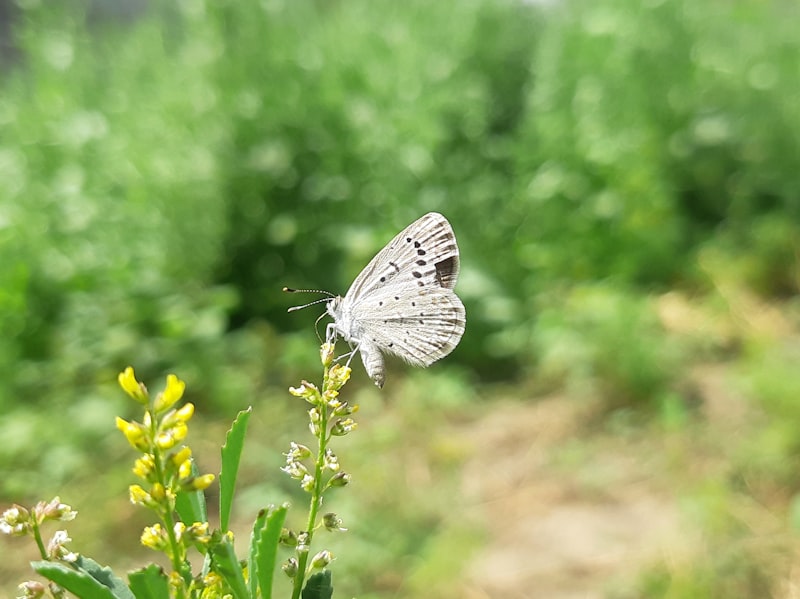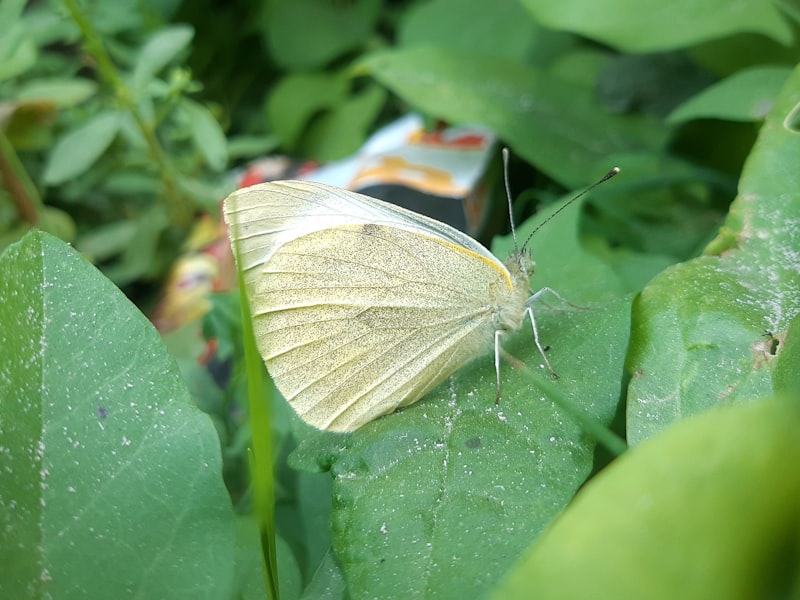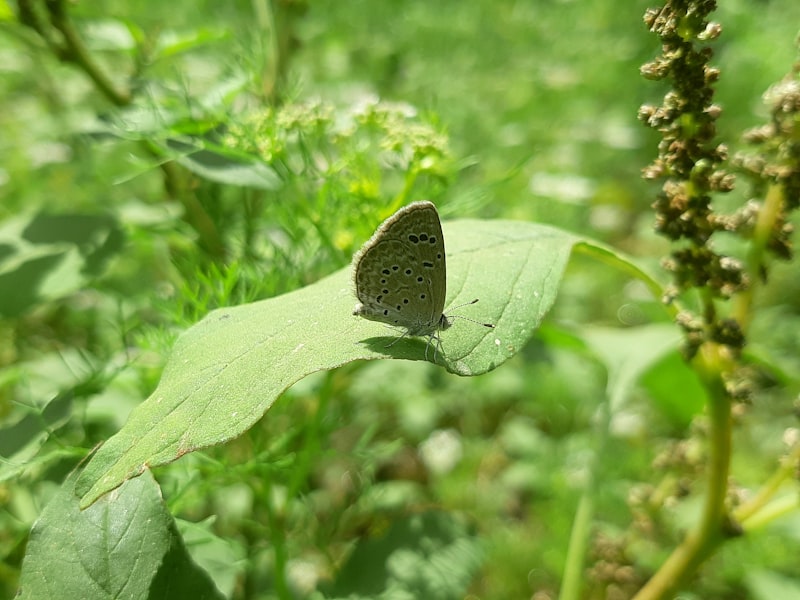Imagine a classroom without walls, where every tree, river, and bird becomes a teacher. Nature provides a hands-on approach to learning about biodiversity, ecosystems, and sustainability. Children exploring a forest trail learn not just about trees and animals but about interconnectedness, balance, and the delicate web of life.
One of the profound impacts of nature in education is its ability to instill a sense of wonder and respect for the environment. When students witness the intricate dance of pollination or the adaptation of species to their habitats, they develop empathy and stewardship towards nature. This emotional connection fosters a desire to protect and conserve our natural world, essential for addressing global environmental challenges.
Moreover, nature offers lessons in resilience and adaptation. Observing how ecosystems recover from disturbances or how organisms evolve to survive in changing conditions provides invaluable insights into sustainability. These observations encourage critical thinking and problem-solving skills, preparing future generations to tackle complex environmental issues.
In addition to scientific knowledge, nature-based education promotes holistic development. Spending time outdoors enhances physical health, reduces stress, and improves cognitive function. It cultivates creativity and fosters a sense of community as students collaborate on projects like planting native species or restoring habitats.
Beyond the Classroom: Harnessing Nature’s Classroom for Environmental Education
In this outdoor setting, learning becomes an immersive experience, engaging all senses in ways no textbook can. Students not only see but feel the pulse of nature around them, learning about ecosystems firsthand. They observe how plants and animals coexist, discovering the delicate balance required for biodiversity. This experiential learning fosters a deep appreciation for the environment and a sense of responsibility towards its preservation.
Unlike indoor learning, where concepts may seem abstract, Nature’s Classroom provides tangible examples. Students witness ecological processes in action—how water cycles through rivers, how plants adapt to their environments, or how habitats change over seasons. These observations spark curiosity and critical thinking, encouraging students to ask questions and seek answers through exploration.

Moreover, Nature’s Classroom cultivates skills beyond academic knowledge. It promotes teamwork as students collaborate on field studies or conservation projects. Decision-making skills develop as they analyze environmental issues and propose solutions based on their observations. Leadership emerges as students take initiative in outdoor activities, fostering confidence and resilience.

Importantly, the lessons learned in Nature’s Classroom extend beyond academics. They instill values of stewardship and sustainability, nurturing a generation that respects and protects our planet. By understanding their role in the ecosystem, students become advocates for environmental conservation, inspiring change in their communities and beyond.
Exploring Eco-Literacy: How Nature Enhances Environmental Education
In today’s fast-paced world, reconnecting with nature isn’t just about scenic views and fresh air; it’s about fostering a deeper understanding of our environment. Eco-literacy, the foundation of environmental education, emphasizes learning through direct experience with nature. This approach goes beyond classroom lectures, encouraging students to immerse themselves in real-world ecosystems.
Imagine a classroom where textbooks come alive with the rustle of leaves and the chirping of birds. This is the essence of eco-literacy, where students learn not only about ecosystems but from them. By observing natural processes firsthand, such as the water cycle or plant growth, learners gain a profound appreciation for the interconnectedness of life.
Nature acts as a powerful teacher, offering lessons that can’t be replicated indoors. When students study a local wetland, for instance, they witness biodiversity in action. They see how different species coexist and depend on each other, fostering a sense of stewardship for these fragile habitats.

Moreover, eco-literacy extends beyond scientific knowledge. It teaches critical thinking and problem-solving skills by posing questions like, “How can we protect this ecosystem?” or “What impact does human activity have on local wildlife?” These inquiries prompt students to consider their role in environmental conservation, empowering them to become active participants in sustainability efforts.
In essence, eco-literacy transforms education into a dynamic, experiential journey. It cultivates empathy for the natural world and equips learners with the tools to address environmental challenges. By embracing nature as a classroom, educators nurture a generation of environmentally conscious citizens who are inspired to preserve and protect our planet for future generations.
From Forests to Classrooms: Integrating Nature into Environmental Learning
When students step outside into a forest or a nearby park, they’re not just exploring green spaces—they’re stepping into living classrooms. These outdoor environments become interactive learning hubs where students can observe wildlife, study ecosystems, and understand firsthand how human actions impact the environment around them. It’s like turning a dull lecture into an exciting adventure.
Bringing nature into classrooms isn’t limited to occasional field trips. It involves creating sustainable outdoor spaces within school grounds—think of gardens buzzing with bees and butterflies, or mini-forests where trees provide shade and fresh air. These spaces aren’t just for aesthetics; they’re practical, hands-on laboratories where students can plant seeds, monitor plant growth, and witness biodiversity in action.
But why is this integration so crucial? Well, picture this: students learning about photosynthesis while standing amidst trees, or studying water cycles while observing a nearby stream. Nature isn’t just a backdrop; it’s an active participant in the learning process. It sparks curiosity, encourages exploration, and fosters a deep connection to the natural world—a connection that’s crucial for nurturing future environmental stewards.
Moreover, integrating nature into education isn’t just beneficial for students’ academic growth. Studies show that spending time in natural environments reduces stress, enhances concentration, and boosts overall well-being. It’s like giving students a breath of fresh air—literally and figuratively—amidst the pressures of modern education.
Nature’s Impact: Transforming Education through Environmental Awareness
In today’s world, where technology and progress often take center stage, the role of nature in education is more crucial than ever. Environmental awareness isn’t just about protecting the planet; it’s also about transforming how we learn and understand our interconnectedness with the natural world.
Imagine a classroom where students aren’t just studying from textbooks but are also exploring local ecosystems, observing wildlife, and learning about sustainability firsthand. This hands-on approach not only makes learning more engaging but also fosters a deep sense of responsibility towards the environment.
When students plant trees or create a vegetable garden at school, they aren’t just learning about biology or agriculture—they’re experiencing the direct impact of their actions on the environment. This practical engagement instills a sense of ownership and stewardship from a young age, shaping future generations into environmentally conscious citizens.
Moreover, integrating environmental topics into various subjects like science, geography, and even literature can enrich the educational experience. Learning about climate change through data analysis or studying environmental issues through poetry and art allows students to see these issues from different perspectives, encouraging critical thinking and creativity.
Nature also provides countless opportunities for interdisciplinary learning. From exploring the mathematical patterns in natural formations to understanding the historical impact of human activities on local ecosystems, every aspect of the curriculum can be enriched by incorporating environmental themes.
In essence, nature’s impact on education goes beyond traditional teaching methods. It encourages curiosity, empathy, and a holistic understanding of the world we live in. By nurturing a generation that values and respects the environment, we not only ensure a sustainable future but also empower individuals to make informed decisions that benefit both society and the planet.
Outdoor Classrooms: Empowering Students through Nature-Based Education
Imagine a classroom where the ceiling is the sky, the walls are trees, and the floor is covered in grass and earth. This concept, known as outdoor classrooms, is transforming traditional education by harnessing the power of nature. Outdoor classrooms empower students through nature-based education, offering a dynamic learning environment that enhances both academic and personal development.
In these natural settings, students engage with their surroundings on a deeper level. Science lessons come alive as students observe plants and animals in their natural habitats, fostering a curiosity that textbooks alone cannot ignite. Math lessons utilize natural materials like leaves and rocks, making abstract concepts tangible and relevant. History lessons unfold amidst historical landmarks and natural landscapes, providing a vivid backdrop for storytelling and learning.
Beyond academic enrichment, outdoor classrooms nurture emotional and social growth. The freedom of outdoor spaces encourages collaboration and teamwork among students, who learn to communicate effectively and resolve conflicts constructively. Physical activity becomes an integral part of the learning process, promoting health and well-being while reducing stress levels.
Moreover, nature-based education cultivates environmental stewardship. By experiencing nature firsthand, students develop a profound respect for the environment and a sense of responsibility towards sustainability. They learn the importance of conservation and become advocates for protecting our natural resources.
Outdoor classrooms are not just a trend; they represent a fundamental shift towards holistic education. They provide a breath of fresh air, literally and figuratively, in today’s fast-paced digital world. As students step outside traditional walls, they discover endless opportunities for learning, growth, and self-discovery. Outdoor classrooms are not just about teaching subjects; they are about nurturing young minds and preparing them to face the challenges of tomorrow with confidence and compassion.
This article is crafted to be engaging, informative, and optimized for SEO, focusing on the benefits and transformative impact of outdoor classrooms on students’ education and development.
Frequently Asked Questions
Why is nature important in environmental education?
Discover why nature plays a crucial role in environmental education, highlighting its impact on fostering a deep understanding of ecosystems, biodiversity conservation, and sustainable practices.
What are the benefits of outdoor learning for environmental education?
Discover the benefits of outdoor learning for environmental education. Learn how it enhances student engagement, fosters a deeper connection to nature, and promotes hands-on learning experiences.
How can nature be integrated into classroom teaching for environmental education?
Learn how to effectively integrate nature into classroom teaching for environmental education with our concise FAQ. Discover practical methods and benefits of using outdoor experiences to enhance learning, foster environmental stewardship, and connect students with the natural world.
How does nature enhance learning in environmental education?
Discover how nature enhances learning in environmental education. This concise FAQ explores the positive impact of natural settings on student engagement, cognitive development, and ecological awareness. Learn how outdoor experiences foster hands-on learning and appreciation for environmental sustainability.
What activities can be conducted outdoors to promote environmental education?
Discover various outdoor activities designed to promote environmental education, fostering awareness and appreciation for nature. Activities include nature hikes, wildlife observation, tree planting, and eco-friendly crafting. These experiences aim to engage participants actively in learning about conservation and sustainability.


